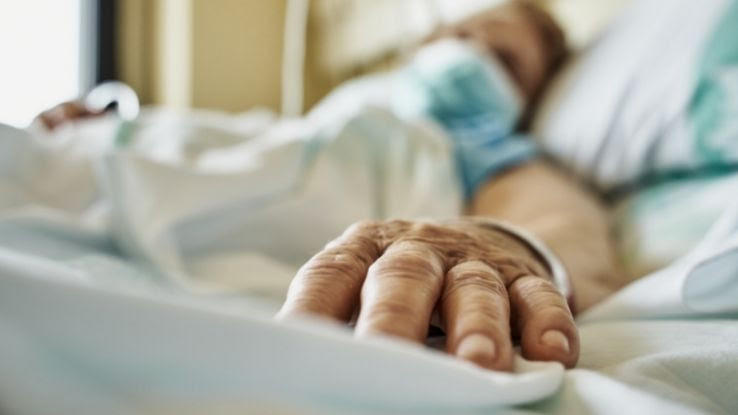The Best Guide To Pacific Prime
The Best Guide To Pacific Prime
Blog Article
Pacific Prime Fundamentals Explained
Table of ContentsAn Unbiased View of Pacific PrimeMore About Pacific PrimePacific Prime Things To Know Before You BuyUnknown Facts About Pacific PrimePacific Prime for Beginners

This is because the information were collected for a period of solid financial efficiency. Of the approximated 42 million people that were uninsured, all yet regarding 420,000 (concerning 1 percent) were under 65 years of age, the age at which most Americans end up being eligible for Medicare; 32 million were adults in between ages 18 and 65, around 19 percent of all adults in this age group; and 10 million were kids under 18 years old, about 13.9 percent of all kids (Mills, 2000).
These estimates of the variety of individuals without insurance are generated from the yearly March Supplement to the Current Population Study (CPS), performed by the Census Bureau. Unless otherwise kept in mind, national quotes of individuals without health and wellness insurance and proportions of the populace with various kinds of protection are based upon the CPS, one of the most extensively used resource of quotes of insurance policy protection and uninsurance rates.
Pacific Prime Can Be Fun For Anyone

Still, the CPS is specifically valuable due to the fact that it produces annual estimates reasonably quickly, reporting the previous year's insurance coverage estimates each September, and due to the fact that it is the basis for a regular collection of price quotes for more than two decades, permitting analysis of trends in protection in time. For these factors, as well as the extensive use the CPS in various other research studies of insurance coverage that exist in this record, we depend on CPS estimates, with constraints noted.

The quote of the number of without insurance individuals broadens when a populace's insurance policy condition is tracked for several years. Over a three-year period beginning early in 1993, 72 million individuals, 29 percent of the U.S. https://anotepad.com/notes/23abm5wr. populace, were without protection for at least one month. Within a single year (1994 ), 53 million people experienced a minimum of a month without coverage (Bennefield, 1998a)
6 out of every 10 uninsured adults are themselves employed. Working does improve the probability that one and one's family participants will have insurance coverage, it is not an assurance. Also members of families with 2 full time wage earners have almost a one-in-ten opportunity of being uninsured (9.1 percent without insurance rate) (Hoffman and Pohl, 2000).
More About Pacific Prime
New immigrants account for a considerable percentage of people without wellness insurance coverage. One evaluation has actually attributed a substantial portion of the recent development in the dimension of the united state uninsured population to immigrants that arrived in the country between 1994 and 1998 (Camarota and Edwards, 2000). Current immigrants (those who pertained to the USA within the past 4 years) do have a high price of being without insurance (46 percent), yet they and their children account for simply 6 percent of those without insurance coverage across the country (Holahan et al., 2001).
The relationship between medical insurance and access to care is well developed, as recorded later on in this chapter. Although the partnership in between medical insurance the original source and health and wellness outcomes is neither direct nor easy, an extensive clinical and wellness services research literature web links medical insurance protection to better accessibility to care, better top quality, and improved personal and population health status.
Levels of evaluation for taking a look at the effects of uninsurance. It concentrates specifically on those without any health and wellness insurance for any kind of length of time.
Getting The Pacific Prime To Work
The issues dealt with by the underinsured are in some respects comparable to those encountered by the without insurance, although they are usually much less serious. Health insurance, nevertheless, is neither needed nor enough to get access to clinical services. The independent and direct result of health and wellness insurance protection on accessibility to health services is well established.
Others will get the healthcare they require even without health insurance policy, by spending for it out of pocket or seeking it from carriers who provide treatment cost-free or at extremely subsidized prices. For still others, medical insurance alone does not make sure receipt of care due to the fact that of other nonfinancial obstacles, such as a lack of health and wellness care suppliers in their community, restricted access to transportation, illiteracy, or etymological and cultural differences.
How Pacific Prime can Save You Time, Stress, and Money.
Official study about uninsured populaces in the USA dates to the late 1920s and very early 1930s when the Board on the Price of Healthcare produced a series of reports regarding financing physician office check outs and hospital stays. This concern became significant as the varieties of clinically indigent climbed throughout the Great Anxiety.
Report this page